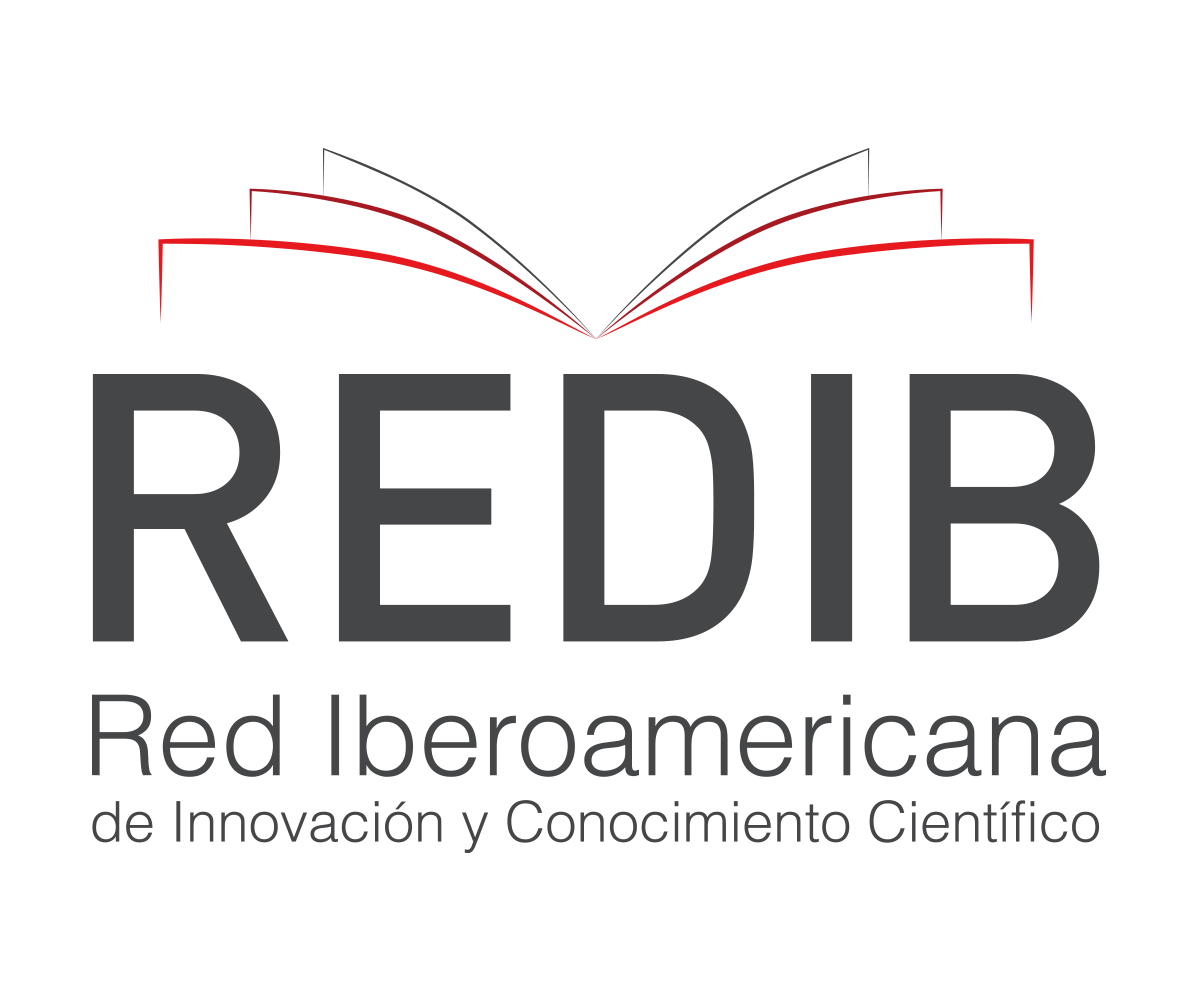Impacts of the sugar-alcoholic sector and alternatives for environmental cost
DOI:
https://doi.org/10.52138/citec.v14i1.227Keywords:
Biocombustíveis, Biorremediação, Organoclorados, Salinização, VinhaçaAbstract
Brazil is the largest sugarcane producer in the world, and as a result of this large production, there is intense use of agricultural pesticides and fertilizers. The result of these facts is the various ecosystem impacts that can be observed, such as the change of the original landscape and the contamination of water and soil. The use of herbicides is regulated by a federal law, however the inefficiency in its application and inspection, corroborate for environmental irresponsibility to continue happening. When used in excess or incorrectly, vinasse can cause serious environmental problems such as salinization of the soil and groundwater. Biogas production appears as an alternative to mitigate this. For a long time, herbicides with characteristics of persistent organic pollutants were used, which even after decades of their prohibition, are still found in different trophic levels. The use of bioremediation with fungi of the Phlebia genus, the marine fungus Trichoderma sp. and the bacterium Pseudomonas aeruginosa L2-1, as a measure of soil and water decontamination, proved to be efficient and economically viable; and when using an alternative carbon source, an even higher rate of biodegradation was obtained. In view of the above facts, the present study was carried out through bibliographical research.
Downloads
References
ALMEIDA, Fernanda V.; CENTENO, Alberto J.; BISINOTI, Márcia Cristina; JARDIM, Wilson F. Substâncias tóxicas persistentes (STP) no Brasil. 30. ed. São Paulo: Química Nova, 2007. 10 p. Disponível em: https://www.scielo.br/j/qn/a/TZJRD6kLCZx5VQCpBk9mZ3s/?format=pdf&lang=pt. Acesso em: 21 nov. 2021.
ANDRADE, Isabel Cristina Barreto; CRUZ, Izaclaudia Santana da; SOUZA, Roberto Rodrigues de; FACCIOLI, Gregório Guirado. Efluentes da indústria canavieira do estado de Sergipe. In: INTERFACES CIENTIFICAS, 2., 2016, Aracaju. Interfaces Científicas - Exatas e Tecnológicas. [S.L.]: Universidade Tiradentes, 2016. p. 1-10. Disponível em: https://periodicos.set.edu.br/exatas/article/download/3237/1882/0. Acesso em: 21 nov. 2021.
ARANHA, Ana; ROCHA, Luana. “Coquetel” com 27 agrotóxicos foi achado na água de 1 em cada 4 municípios. Por Trás do Alimento. São Paulo, p. 1-13. abr. 2019. Disponível em: https://portrasdoalimento.info/2019/04/15/coquetel-com-27-agrotoxicos-foi-achado-na-agua-de-1-em-cada-4-municipios/. Acesso em: 01 ago. 2021.
BARROS, V. G. DE et al. Improved methane production from sugarcane vinasse with filter cake in thermophilic UASB reactors, with predominance of Methanothermobacter and Methanosarcina archaea and Thermotogae bacteria. Bioresource Technology, v. 244, p. 371–381, 2017.
BURLAMAQUI, Mauro. Falta de informação é uma das principais causa de intoxicação por agrotóxicos. 2014. Disponível em: https://trt-10.jusbrasil.com.br/noticias/130925969/materia-especial-falta-de-informacao-e-uma-das-principais-causa-de-intoxicacao-por-agrotoxicos. Acesso em: 16 set. 2021.
BULLER, Luz Selene et al. A spatially explicit assessment of sugarcane vinasse as a sustainable by-product. Science Of The Total Environment. Netherlands, p. 1-13. fev. 2021. Disponível em: https://pubmed.ncbi.nlm.nih.gov/33077218/. Acesso em: 01 out. 2022.
CONCEIÇÃO, Fabiano Tomazini da et al. Land use changes associated with the expansion of sugar cane crops and their influences on soil removal in a tropical watershed in São Paulo State (Brazil). Catena, Rio Claro, v. 172, n. 1, p. 313-323, jan. 2019. Disponível em: https://reader.elsevier.com/reader/sd/pii/S0341816218303680?token=3528B4D4F5200C009BB9F52595FC749C6DD060241A3A64D13EFB41CF8CA08790AF43A35A55A3C1EF6E499DC595F239B4&originRegion=us-east-1&originCreation=20221007122633. Acesso em: 07 out. 2022.
CONAB. Análise mensal de cana de açúcar. Brasília. mar. 2022. Disponível em: https://www.conab.gov.br/info-agro/analises-do-mercado-agropecuario-e-extrativista/analises-do-mercado/historico-mensal-de-cana-de-acucar/item/download/42565_2818dbed26297ccb6154128a85311bcc. Acesso em: 27 set. 2022.
COPETTI, Thiago. Brasil produz comida para alimentar até 1,6 bilhão de pessoas. Jornal do Comércio: Agronegócio. Porto Alegre, out. 2020. Disponível em: https://www.jornaldocomercio.com/_conteudo/agro/2020/10/761466-brasil-produz-comida-para-alimentar-ate-1-6-bilhao-de-pessoas.html. Acesso em: 22 fev. 2021.
DELABONA, Priscila da Silva; GONÇALVES, Cecília Rodovalho. Strategies for bioremediation of pesticides: challenges and perspectives of the Brazilian scenario for global application – A review. Environmental Advances, Goiânia, v. 8, p. 1-10, jan. 2022. Disponível em: https://www.sciencedirect.com/science/article/pii/S2666765722000552?via%3Dihub. Acesso em: 07 out. 2022.
FILIZOLA, Heloisa Ferreira et al. Uso agrícola dos solos brasileiros. Rio de Janeiro: Embrapa, 2002. 174 p. Disponível em: https://www.alice.cnptia.embrapa.br/handle/doc/1076629. Acesso em: 22 fev. 2021.
FRANCHIN, Freda. Irrigação em cana-de-açúcar proporciona alta produtividade e longevidade ao canavial. Coopercitrus, Bebedouro, v. 419, n. 33, p. 1-50, set. 2021. Disponível em: http://www.coopercitrus.com.br/revistadigital/pages/?cooper=419#page/51. Acesso em: 23 set. 2021.
FUESS, Lucas T et al. Fertirrigation with sugarcane vinasse: Foreseeing potential impacts on soil and water resources through vinasse characterization. Journal Of Environmental Science And Health, Part A. United States, p. 1063-1072. 2017. Disponível em: https://repositorio.unesp.br/bitstream/handle/11449/169960/2-s2.0-85025634451.pdf?sequence=1. Acesso em: 01 out. 2022.
IBGE. Produção de cana-de-açúcar. 2021. Disponível em: https://www.ibge.gov.br/explica/producao-agropecuaria/cana-de-acucar/br. Acesso em: 07 out. 2021.
KASEMODEL, Mariana Consiglio; PORTO, André Luiz Meleiro; NITSCHKE, Marcia. Biodegradação bacteriana de compostos organoclorados. 37. ed. São Paulo: Química Nova, 2014. 7 p. Disponível em: https://www.scielo.br/j/qn/a/BQs3Bh8PGRksmQZbRNc4M4j/?format=pdf&lang=pt. Acesso em: 22 set. 2021.
KASEMODEL, Mariana Consiglio. Seleção de bactérias para biodegradação dos pesticidas organoclorados DDD, PCP e Dieldrin. 2012. 137 f. Dissertação (Mestrado) - Curso de Química, Ufscar, São Carlos, 2012. Disponível em: https://www.teses.usp.br/teses/disponiveis/75/75133/tde-06032013-163207/publico/MarianaConsiglioKasemodel_Revisada.pdf. Acesso em: 18 ago. 2021.
KUMAR, J. Aravind. Persistent organic pollutants in water resources: Fate, occurrence. Science Of The Total Environment. Chennai, p. 1-14. mar. 2022. Disponível em: https://www.sciencedirect.com/science/article/pii/S0048969722019015?via%3Dihub. Acesso em: 07 out. 2022.
PEREIRA, Sueli Yoshinaga et al. Os estudos dos impactos da vinhaça no solo e na água subterrânea, ênfase na EDR - Ribeirão Preto: uma análise da situação atual do conhecimento e perspectivas. In: CONGRESSO BRASILEIRO DE CIÊNCIA E TECNOLOGIA EM RESÍDUOS E DESENVOLVIMENTO SUSTENTÁVEL, 2004, Costão do Santinho. Artigo. Florianópolis: Nisam - USP, 2004. p. 2324-2337. Disponível em: https://www.ipen.br/biblioteca/cd/ictr/2004/ARQUIVOS%20PDF/01/01-051.pdf. Acesso em: 28 jun. 2021.
POSTAL, Andreia Marques et al. The impact of sugarcane expansion in Brazil: local stakeholders' perceptions. Journal Of Rural Studies. Turquia, p. 1-16. 2020. Disponível em: https://www.sciencedirect.com/science/article/pii/S0743016719301688. Acesso em: 01 out. 2022.
SILVA, Ricardo Ribeiro da. Biorremediação de solos contaminados com organoclorados por fungos basidiomicetos em biorreatores. 2009. 187 f. Tese (Doutorado) - Curso de Biodiversidade Vegetal e Meio Ambiente, Instituto de Botânica da Secretaria de Estado do Meio Ambiente, São Paulo, 2009. Disponível em: http://arquivos.ambiente.sp.gov.br/pgibt/2013/09/Ricardo_Ribeiro_da_Silva_DR.pdf. Acesso em: 16 set. 2021.
SILVEIRA, Renata Nayara Câmara Miranda. Curso de Manejo e Cuidados no Uso da Vinhaça na Fertirrigação. Fortaleza: Agência Nacional de Águas, 2016. 41 p. Disponível em: https://capacitacao.ana.gov.br/conhecerh/bitstream/ana/2199/1/Manejo_e_cuidados_da_vinha%C3%A7a-4h.pdf. Acesso em: 21 nov. 2021.
VRYZAS, Zisis. Pesticide fate in soil-sediment-water environment in relation to preventing contamination. Environmental Science & Health. Greece, p. 5-9. ago. 2018. Disponível em: https://www.sciencedirect.com/science/article/pii/S2468584417300454?via%3Dihub. Acesso em: 07 out. 2022.
Downloads
Published
How to Cite
Issue
Section
License
Copyright (c) 2023 Ciência & Tecnologia

This work is licensed under a Creative Commons Attribution 4.0 International License.











